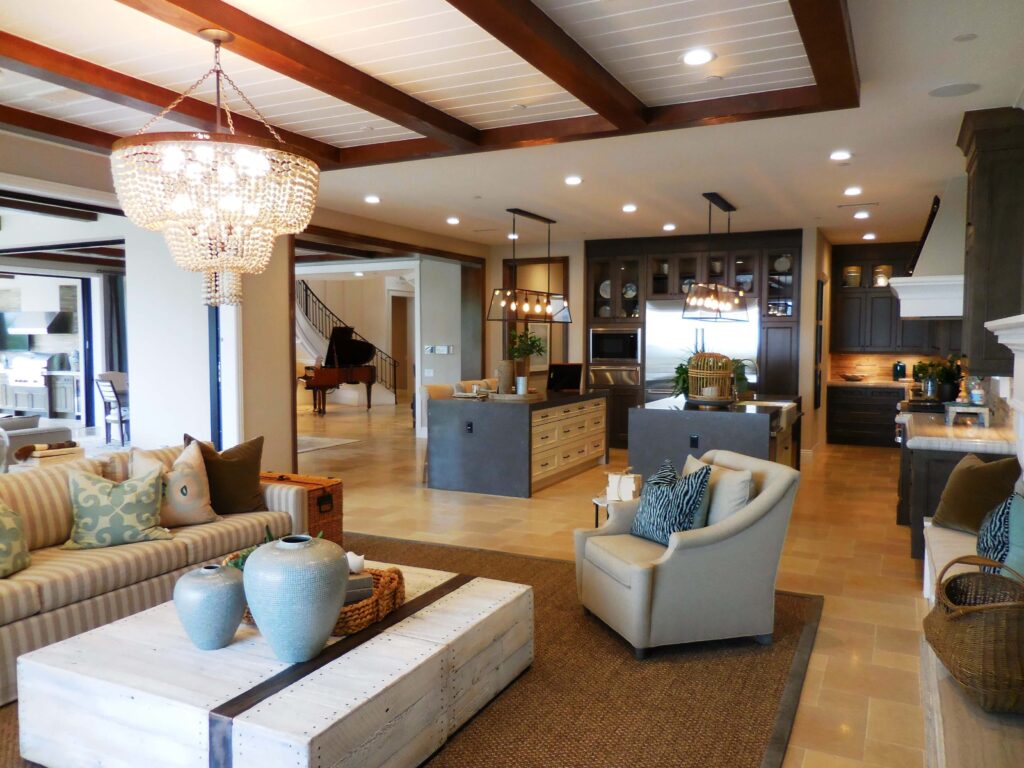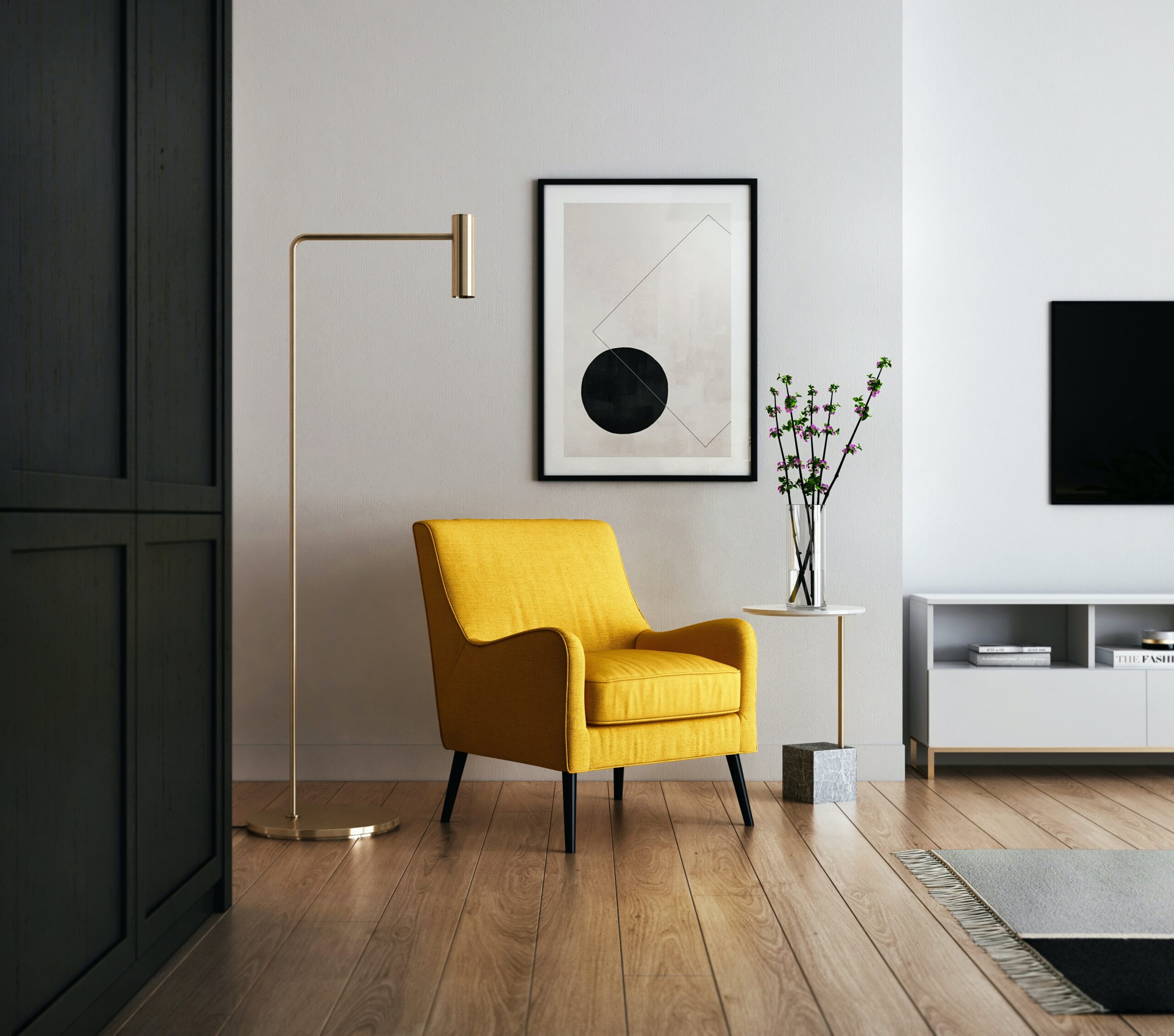Designing a room involves careful consideration of both aesthetic and functional elements. Here are 10 steps to guide you through the process:
- Define the Purpose:
- Clearly define the purpose of the room. Is it a bedroom, living room, home office, or another type of space? The room’s purpose will influence the design and layout decisions.
- Set a Budget:
- Determine a budget for the room design. This will help you prioritize your spending and make informed decisions about furniture, decor, and other elements.
- Select a Style:
- Choose a design style that reflects your personal taste and complements the overall aesthetic of your home. Styles can range from modern and minimalist to traditional or eclectic.
- Consider the Layout:
- Plan the layout of the room, taking into account the available space and the placement of doors, windows, and architectural features. Arrange furniture to create a functional and visually pleasing arrangement.
- Color Scheme:
- Select a color scheme that sets the desired mood for the room. Consider the psychological impact of colors and how they interact with natural and artificial light. Test paint samples before making a final decision.
- Lighting Design:
- Plan the lighting for the room, considering both natural and artificial sources. Incorporate a mix of ambient, task, and accent lighting to create a well-lit and inviting space.
- Furniture Selection:
- Choose furniture that fits the scale of the room and serves its purpose. Consider the flow of traffic and leave enough space for comfortable movement. Invest in quality pieces that align with your design style.
- Accessorize:
- Add accessories and decor items that enhance the room’s aesthetic. This can include artwork, rugs, throw pillows, and other decorative elements. Be mindful not to overcrowd the space.
- Storage Solutions:
- Integrate practical storage solutions to keep the room organized and clutter-free. Consider built-in storage, shelving, or furniture with hidden storage compartments.
- Personal Touch:
- Infuse the room with your personality and unique touches. Display items that have sentimental value, incorporate your favorite colors, or include elements that reflect your hobbies and interests.
Remember that room design is a creative process, and it’s okay to experiment and make adjustments as you go. Take your time, consider how each element contributes to the overall design, and don’t be afraid to seek inspiration from design magazines, websites, or professionals.

